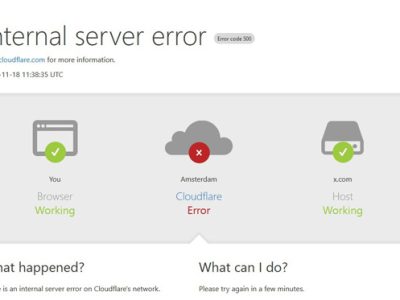Payam Javan: The U.S. inflation rate saw a rise in October for the first time since March, as the Federal Reserve’s pursuit of its 2 percent inflation target faces potential setbacks. The Bureau of Labor Statistics reported that annual inflation ticked up to 2.6 percent from 2.4 percent in September, aligning with economists’ expectations. Monthly consumer prices also increased by 0.2 percent for the fourth consecutive month. However, core inflation, which excludes food and energy, remained steady at 3.3 percent, with a slight monthly rise of 0.3 percent. Notably, shelter contributed to half of October’s inflation increase, remaining a significant factor in core inflation’s resilience.
The energy sector showed mixed signals, with gasoline prices down by nearly 13 percent year-over-year, although the overall energy index held steady month-over-month with a 3.8 percent annual gain. Despite volatility in crude oil prices, the U.S. benchmark West Texas Intermediate (WTI) has recently traded under $69 per barrel, down from an April high of $86. This decrease has contributed to lower gasoline prices, averaging $3.08 per gallon. Meanwhile, other categories saw notable price increases over the past year, including transportation (8.2 percent), shelter (4.9 percent), electricity (4.5 percent), and medical care (3.8 percent).
Market responses to the October inflation data were muted, with U.S. stocks relatively stable and Treasury yields easing from a six-week surge. The dollar index, which tracks the currency against a basket of peers, fell below 106.00 but remains up by 4.5 percent for the year. With inflation expectations shifting, the Federal Reserve Bank of Cleveland’s Inflation Nowcasting model projects a slight rise to 2.7 percent for November. The upcoming release of the October producer price index (PPI) is anticipated to show minimal change, with markets watching closely for further inflationary signs.
Inflation expectations remain a focal point for policymakers. A New York Fed survey revealed a dip in one-year consumer inflation expectations to 2.9 percent, the lowest since October 2020, with three- and five-year expectations also easing. Business leaders are more cautious, however, with the Cleveland Fed’s survey indicating that firms anticipate higher inflation in the coming year. Despite a recent Fed rate cut, officials maintain that policy is flexible enough to adapt to economic shifts, with Fed Chair Jerome Powell emphasizing readiness to respond to any labor market changes or inflationary trends. The next Fed meeting on Dec. 17-18 will be critical in assessing further policy adjustments.









